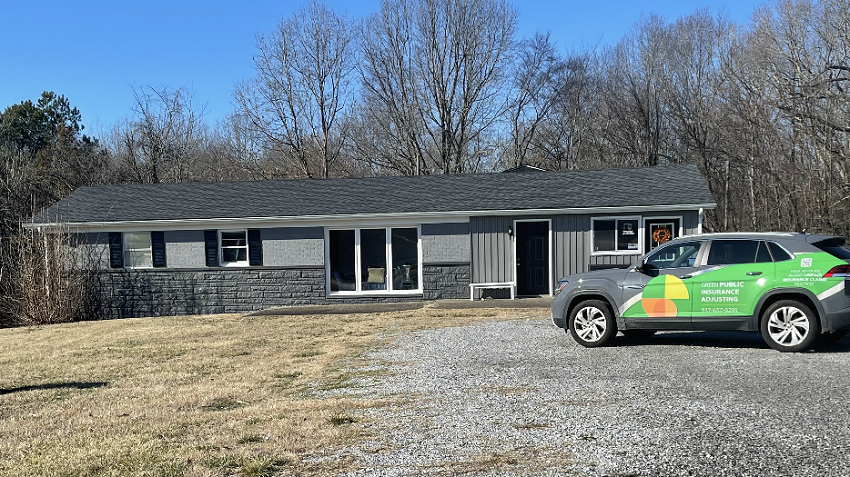6As state legislatures across the country respond to the 2024 NCOIL Public Adjuster Professional Standards Reform Model Act, the landscape of public adjusting is undergoing a dramatic transformation. While Parts I and II of this series examined the immediate concerns of fee caps and vague solicitation restrictions, Part III turns toward the future: how can public adjusters build sustainable, complaint-forward businesses in this shifting regulatory environment?
- The Case for Professionalization and Standards
At the heart of NCOIL’s model legislation is a clear message: the public adjusting profession must evolve. The push for standardized ethics, consumer disclosures, fee transparency, and conflict-of-interest protections is not merely bureaucratic red tape—it’s an opportunity for public adjusters to raise their professional standing.
Forward-thinking firms can seize this moment to implement structured training programs, ethical guidelines, and documented procedures that not only ensure compliance but also build trust with policyholders, contractors, and attorneys.
- Adopting Proactive Compliance Strategies
Many public adjusters are still in reactive mode—responding to each new state-specific rule as it arrives. This can quickly become overwhelming. A better approach is to adopt proactive compliance strategies:
- Stay informed through national organizations, legal briefings, and state DOI bulletins.
- Document internal policies that address advertising, client communication, referral relationships, and fee disclosures.
- Invest in compliance software or third-party auditing to ensure contract forms, digital marketing, and billing practices align with evolving standards.
- Engage legal counsel early when navigating gray areas, especially around multi-state work, affiliated contractor relationships, or unlicensed assistance.
- Creating Fee Structures That Reflect Value
One of the most contentious outcomes of the NCOIL Model Act is the rise of proposed fee caps in multiple states (often 15% for non-catastrophic losses). Instead of resisting this trend outright, public adjusters should consider tiered or modular pricing models that:
- Clearly distinguish between catastrophic and non-catastrophic services.
- Offer flat-fee options for consulting or appraisal representation.
- Itemize added-value services such as scope preparation, permit/code research, or engineering coordination.
- Build in flexibility for time-based billing when projects exceed normal complexity.
These structures not only enhance transparency for clients but also prepare adjusters to defend their fees in the event of litigation or inquiry.
- Strengthening Referral & Professional Networks
Referrals remain a backbone of business development for public adjusters, but the days of informal handshake agreements may be numbered. Now is the time to:
- Formalize referral agreements with contractors and attorneys, including disclaimers and non-interference clauses.
- Avoid joint advertising that blurs the line between services or may trigger co-licensing or conflict-of-interest violations.
- Be transparent with clients about the role and limitations of all parties involved in the claims process.
A robust professional network—operating within a framework of ethical collaboration—can be a powerful asset in the years ahead.
- Conclusion: Evolving Without Compromising Mission
Public adjusters have long served as critical advocates for policyholders navigating a complicated and often adversarial insurance landscape. While the regulatory wave ushered in by the 2024 NCOIL Model Act may feel threatening, it also opens the door to maturity, modernization, and elevated consumer trust.
By leaning into compliance, embracing transparent fee structures, and enhancing their professionalism, public adjusters can remain not only relevant—but indispensable.





